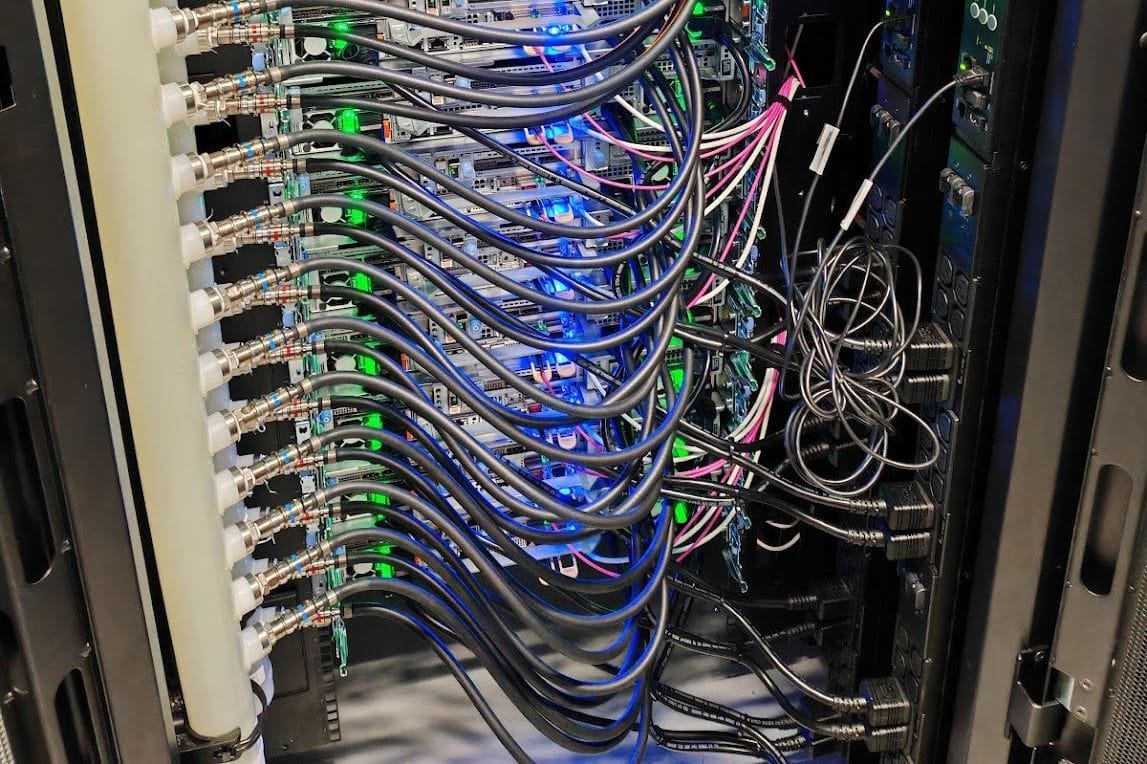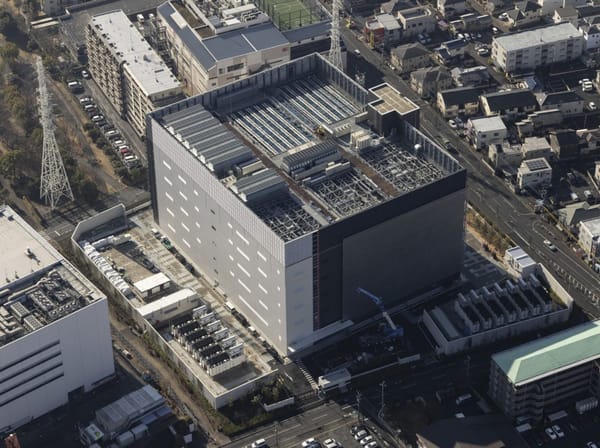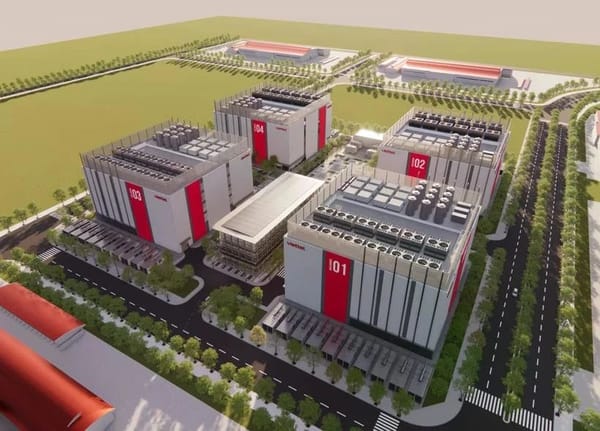The reason for liquid cooling's slow adoption
Why aren't more data centre operators offering liquid cooling?

Liquid cooling is sometimes touted as the be-all and end-all of data centres. But why are data centre operators so slow to adopt it? Here's why.
I've written quite a bit about liquid cooling. Every rose has its thorns, however. Let's talk about the challenges around liquid cooling today.
Neither fast nor furious
First, it's worth pointing out the reasons liquid cooling adoption is so slow. There are several: it's costlier, takes more work, and the benefits aren't always needed.
This changed with the high-powered AI deployments we see today. Indeed, the heat produced by GPU servers is prodigious - and could go up to an astonishing 600kW of power per rack by 2027.
Away from AI workloads, a growing focus on sustainability means that more are turning to liquid cooling to cool traditional servers due to its higher efficiency.
The perils of water
So why aren't more data centre operators jumping into liquid cooling?
Some reasons:
- Non-zero chance of leaks.
- Care needed to avoid contamination*.
- Risk of fouling microchannels in cooling blocks.
- Servicing such systems trickier than air-cooled ones.
Contamination deserves a mention. Within data centres, installation or retrofitting work can result in metal shavings, construction debris, and lubricants entering pipes.
Over time, even microscopic particles can damage pumps, clog microchannels, or cause corrosion. These can be highly problematic and difficult to fix.
Navigating unfamiliar waters
Managing liquid is quite different from traditional air cooling too. And this requires a shift in responsibilities. This means developing:
- Managing coolant quality.
- Shared operational procedures.
- Cross training of IT staff, operators.
Did I mention that PS Lee shared about these and more in the Jan issue of W.Media's CD Magazine here?
Less time to react
Finally, liquid cooling can be unforgiving when a critical failure happens: the time to failure can be a lot lower than air-cooling.
At the heart of the matter is the sheer heat capacity of liquid cooling. Take it away, and things go bad far more quickly.
And this isn't theory. In 2023, DBS Bank suffered a massive outage, when a vendor at the data centre "incorrectly sent a signal to close the valves from the chilled water buffer tanks."




